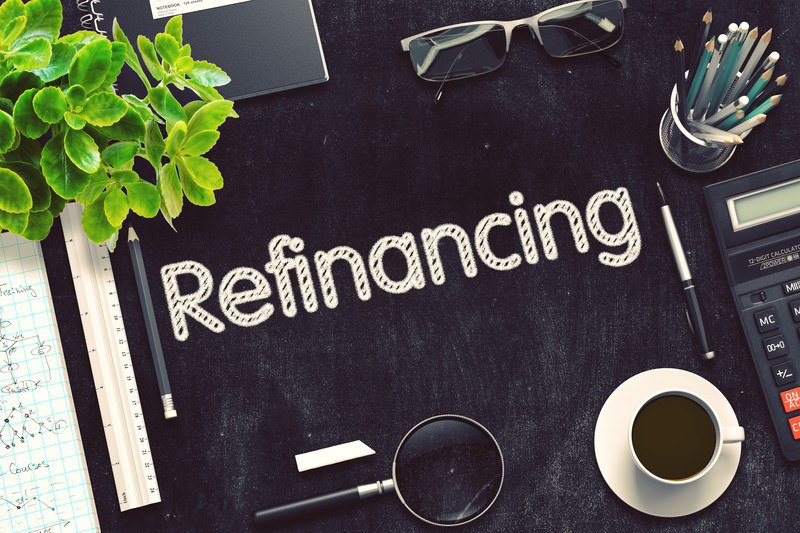Commercial real estate finance does not require an advanced degree from an Ivy League school, but it’s a very complex process. In any given situation, there are many opportunities and pitfalls.
Owners choosing to structure a loan themselves or work with a professional involves considering trade offs of time, money and, especially, risk.
To get the best result, specialized insight is ESSENTIAL. Here is a look at the seven key steps required to put together a deal. (we will go into more detail concerning each step in future blog posts)
-
Assemble Complete Financial Data
a. Organizing and preparing financial data is the first step in obtaining a commercial real estate (CRE) loan. This will require financial data both about the property (assuming it is an income property) and the sponsor. Sponsor is the term used by lenders to describe the person who is responsible for the property.
-
Put Together a Pitch book
a. A pitch book is the jargon used to describe the property package, which is needed to make the loan request. It includes the description of the property, property photographs, spread financials for the property, rent comps, and comparable sales and maps of the property. The pitch books function is to make the lender comfortable – this is loan they should pursue and attempt to win.
-
Select Type of Lender, Compile a List of Prospective Lenders and Send Pitch book
a. With over 10,000 U.S. lenders, there are many types of lenders and loans available. The first step is to understand the benefits and limitations of each type and choose one that best fits the situation. Then, compile a list of lenders within the category to send a pitch book. The primary variables between different types of lenders include the amount of loan proceeds, interest rate, personal liability, ability to prepay without penalty and requirements for escrows (eg. property tax, insurance, tenant improvements, and replacement reserve and operating reserve).
-
Summarize Loan Quotes
a. Lenders who are interested in the loan opportunity will likely call with questions about the property or sponsor. Allow lenders 10 to 20 days to send a loan quote after sending them the pitch book. After receiving the quotes, summarize them with information, such as loan amount, interest rate, fixed or floating rate, term, term amortization, escrow accounts required, prepayment options, personal liability, deposits required, rate lock, timing to close, legal fees, third party reports and processing fees.
-
Select Lender and Negotiate Term Sheet
a. Take a deep breath and relax. By this point, the hard work to identify the type of lender is done. The universe of potential lenders has also been identified and information has been sent to allow a fully informed loan quote. The lender will have no surprises after application. This work allows comfort in the knowledge that the lender is a good fit based on loan amount, interest rate and loan terms. Competition is healthy – having lenders compete for customers business ensures the best deal possible.
-
Put Together Third Party Reports and Loan Documents
a. The final steps after signing a term sheet are third party reports, loan documents and closing. It typically takes two to three weeks to obtain an appraisal, and a few more days to review it. Closing can occur three to six weeks after the term sheet is signed if everything goes smoothly. This includes the third-party reports being delivered on time with no unexpected problems, and limited negotiations for the loan documents.
-
Grind Through the Closing
a. Closing is such a short, simple word. Depending on the lender, closing a loan can be a tedious and very time-consuming process.
Critical Decision: Is it Worth It?
As detailed here, financing commercial real estate is a tedious and time consuming process. Decide whether there is time and patience to execute the various stages of the process.

